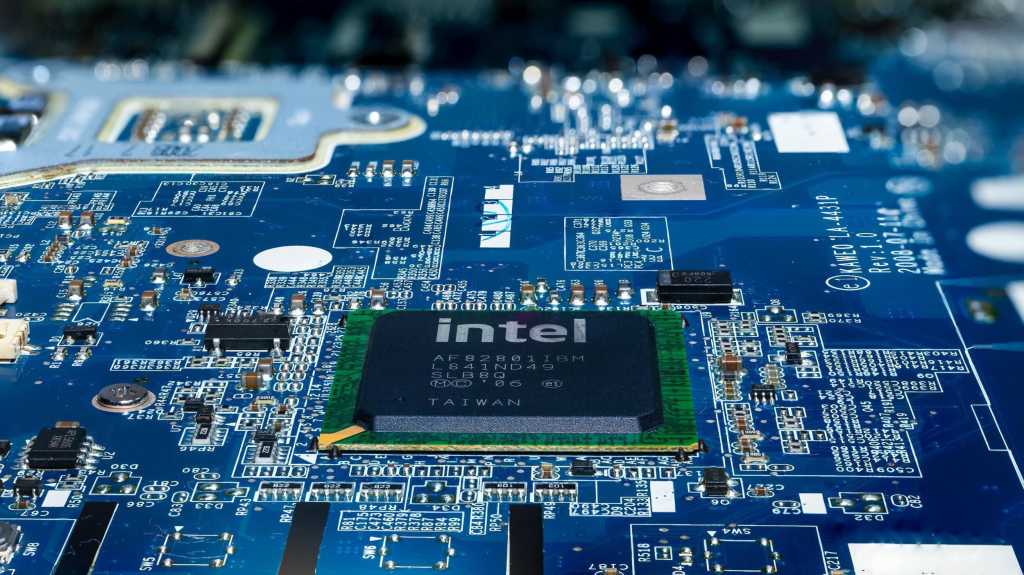An Intel-TSMC deal could reshape x86 future and enterprise chip supply chains
Intel is reportedly in advanced discussions with TSMC to form a joint venture that could potentially reshape the future of the x86 platform and the global semiconductor landscape.
Under a proposed deal, TSMC would take a 20% stake in a new entity operating Intel’s chipmaking facilities, in exchange for training Intel personnel in its industry-leading manufacturing processes, according to The Information.
The move — initiated in part by the US government — marks a potential turning point for Intel, which has struggled in recent years to keep up with rivals in advanced chip production.
If finalized, the partnership could allow Intel’s new CEO, Lip-Bu Tan, to double down on chip design innovation while offloading manufacturing operations to the Taiwanese foundry giant.
For enterprise tech buyers, the implications could be far-reaching, touching everything from processor roadmaps and platform stability to supply chain sovereignty and pricing.
But the proposal is reported to be already generating internal resistance at Intel and raising questions about layoffs, equipment overhauls, and the fate of its manufacturing IP issues that could reshape how enterprise customers view their long-term relationship with one of the most iconic names in computing.
Long-term strategic implications
Analysts say the move marks a turning point for Intel and its enterprise customers. Once seen as a vertically integrated leader, the company has struggled in recent years to maintain that position.
“Intel’s foundry business has struggled to meet expectations – most notably failing to deliver the level of technical service, predictability, and yield quality that external customers expect,” said Sanchit Vir Gogia, chief analyst and CEO at Greyhound Research. “Several deals have seen missed milestones and failed test runs, particularly when benchmarked against TSMC’s operational excellence.”
This brings in concerns that Intel is pulling back from manufacturing, signaling a deeper shift in its ability to control its technology stack and maintain supply chain reliability.
“In such a case, they can invest in R&D and catch up on AI processors as well as power-efficient laptop processors,” said Faisal Kawoosa, founder and lead analyst at Techarc. “Intel is facing competition from Nvidia in AI and from Qualcomm, MediaTek, and Apple Silicon on the PC side.”
However, for enterprise buyers, this changes the calculus, Gogia said, pointing out that many chose Intel precisely because of its internal alignment between design and manufacturing – a one-stop shop that offered tighter integration and faster troubleshooting.
Data from Greyhound’s research indicates that 62% of enterprise technology leaders continue to value tight integration between Intel’s chip design and manufacturing. However, that support is weakening amid growing concerns over Intel’s manufacturing performance.
“We’re still loyal to Intel, but we’ve learned to build fallback scenarios. We can’t afford surprises anymore,” one US-based CIO told Greyhound in a recent fieldnote.
A full exit from in-house manufacturing is unlikely, according to Neil Shah, partner and co-founder at Counterpoint Research. Instead, the joint venture may be a way for Intel to protect and stabilize its foundry business.
“If it is able to protect its foundry business, Intel has to manufacture its own chips in the fab to help with the fab’s scale alongside producing chips for other customers,” Shah said. “What could actually happen is Intel could diversify its design beyond x86 by adopting newer architecture which will also give Intel more experience to compete against and alongside Arm-based PC chipset vendors such as Qualcomm, Apple, and AMD in this AI PC race.”
More concerns for enterprise buyers
A JV with TSMC offers clear advantages to Intel, including higher yields, faster time-to-market, and mature processes on advanced nodes. If Intel gains access to these capabilities, customers could see more competitive chips for AI and high-performance computing.
“But this benefit comes with layers of complexity,” Gogia said. “For one, Intel’s foundry operations are still in recovery mode. The business posted a $7 billion operating loss in 2023 – the first such loss since 1986. Attempts to scale it for external customers have struggled, largely due to inconsistent service delivery and a lack of maturity in handling complex customer requirements.”
Outsourcing to TSMC could address Intel’s manufacturing issues but complicates accountability. Customers may have to navigate supply chains spanning multiple firms and countries, with unclear responsibility in the event of defects, delays, or shortages.
“Intel’s restructuring could cause short-to-midterm disruptions, including potential product delays and shifts in support models,” said Manish Rawat, semiconductor analyst at Techinsights. “Additionally, even with US-based manufacturing, Intel’s deeper integration with TSMC still ties part of its supply chain to Taiwan – raising geopolitical and continuity concerns for security-sensitive customers.”
For Intel’s foundry to succeed – and for the US to maintain supply chain security and tech sovereignty – major chipmakers will need to shift some orders from Taiwan to the US, a move likely to drive up chip costs.
“While the US government’s CHIPS Act may help offset higher costs through subsidies, achieving Taiwan-level scale remains a near- to mid-term challenge, potentially driving up IT and electronics product costs for enterprises unless absorbed,” Shah said. “However, this move would safeguard US enterprises from future supply disruptions.”







